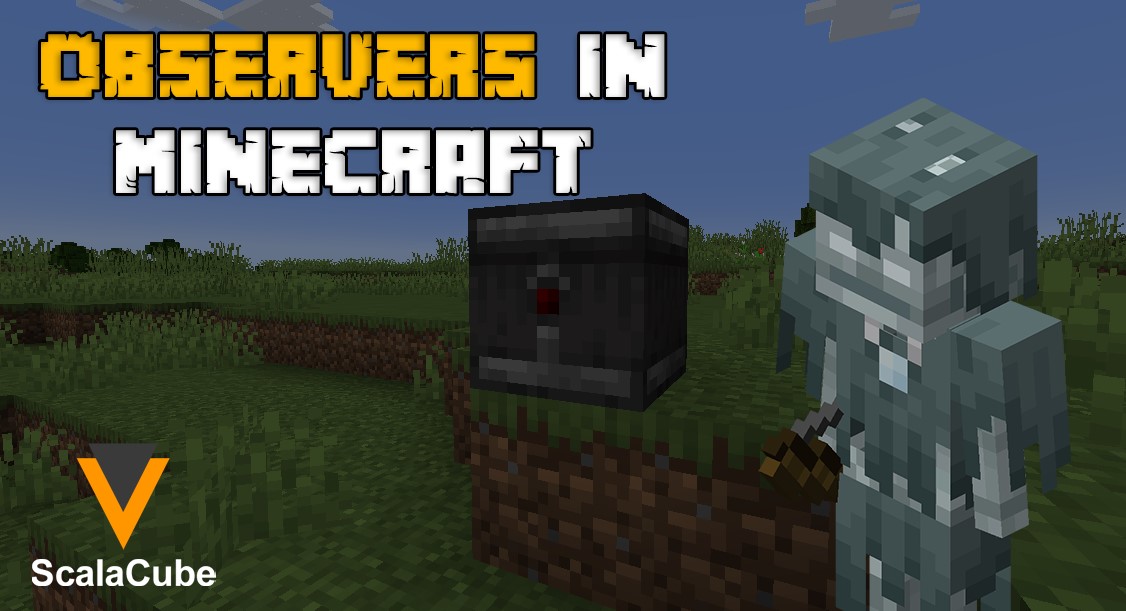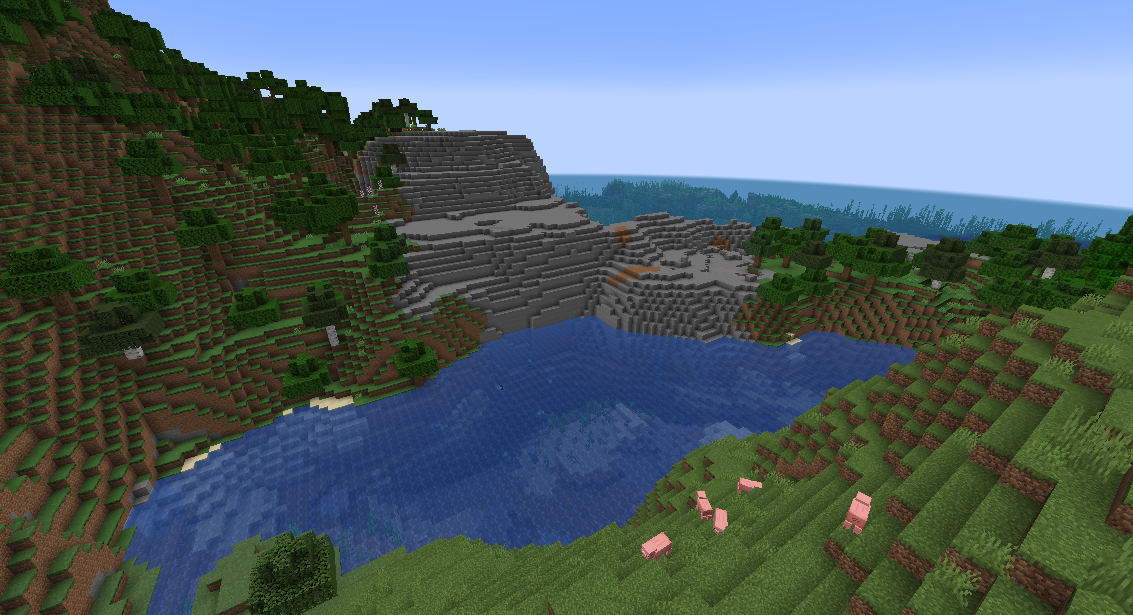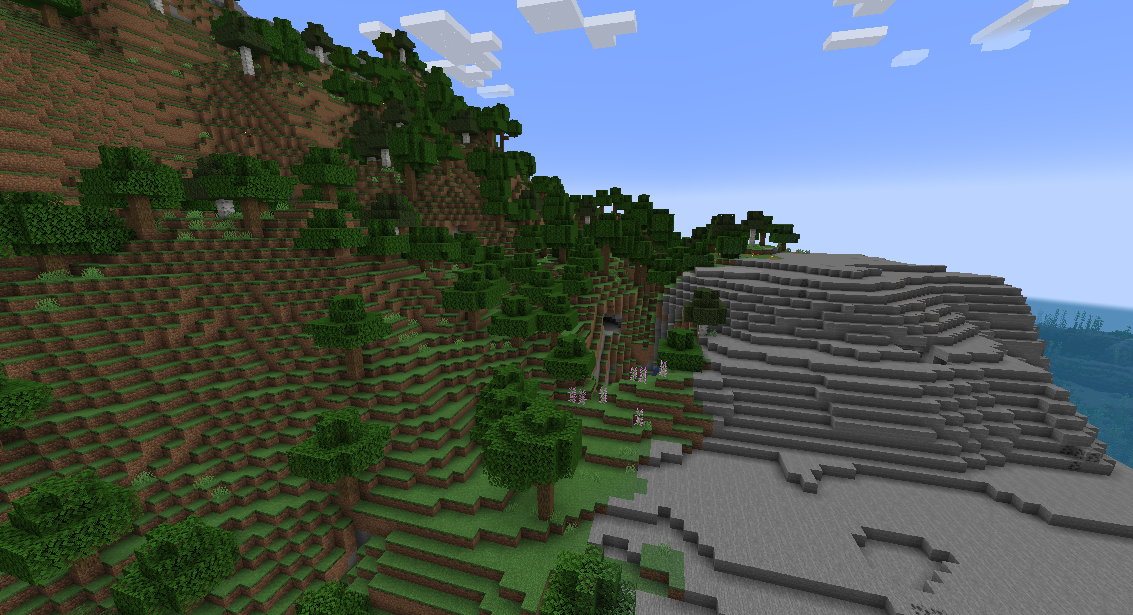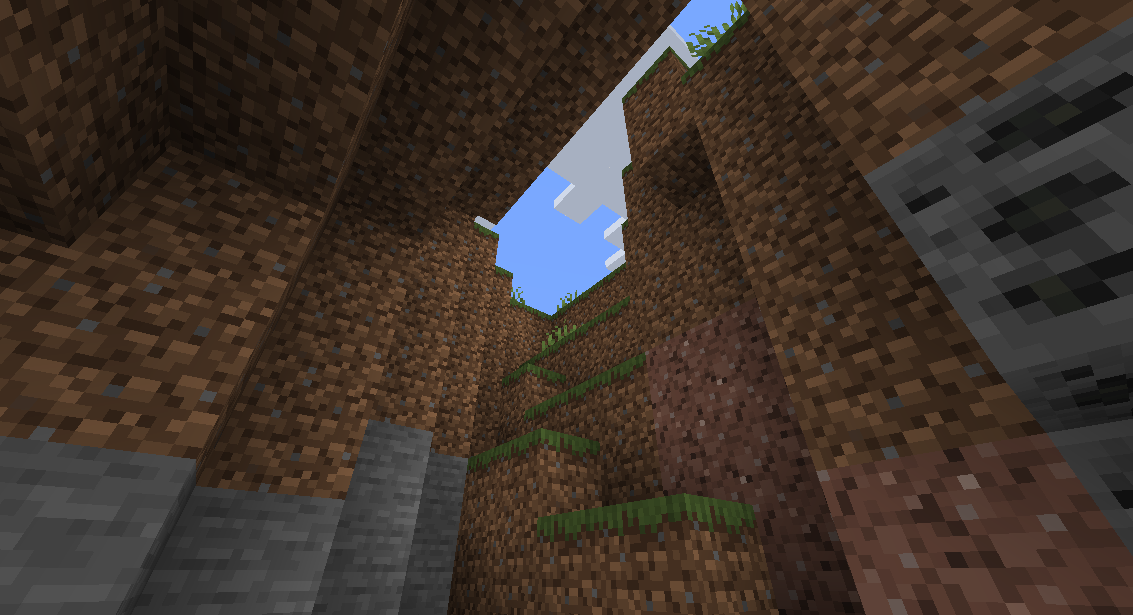How to Use an Observer in Minecraft
Make Your Own Minecraft Server For Free
Your own Minecraft server is only 5 minutes away! We support simple one click install for over 1000 unique modpacks.
Free Minecraft Server Hosting

Do you play Minecraft? If so, you might know about observers. These unique blocks are great for noting changes around them. You can use them to start up many types of devices or gadgets. Here, you'll get more info on observers. You'll learn how to create them and how they function in Minecraft.
Observers in Minecraft, what are they?
Observers came out with the Minecraft 1.11 update. These redstone blocks notice shifts in the surroundings. For example, moving blocks or activating of redstone devices.When an observer spots a shift, it sends out a redstone signal. That signal can start up different devices or mechanisms. Think doors, pistons, or even command blocks.
Creating Observers in Minecraft
You need these items to create an observer in Minecraft:- 1 Cobblestone
- 1 Redstone
- 1 Nether quartz
First, open your crafting table. Put cobblestone in the top left, redstone in the top center, and nether quartz in the top right. This gives you an observer in the result box. Drag and drop the observer into your inventory.

Observers in Minecraft, how do they function?
Observers send a redstone signal when they notice a change. To use one, put it in the environment. Set it up to spot the shifts you want to track.Imagine using an observer to find out when a block moves or when a redstone gadget is active. For this, position the observer facing the block or gadget you wish to track. Next, join the observer to the mechanism or machine you want to activate with redstone wires.
Upon sensing a change, the observer sends out a redstone signal. This signal goes through the redstone wires and sets off the mechanism or machine. The power of the redstone signal matches the intensity of the change the observer noticed.
How To Use Observers To Notice Block Changes
Observers are blocks that can sense changes in other blocks, such as their placement, breakage, or redstone activation. Once an update is noticed, it sends a redstone signal to any connected blocks.This is handy for making automatic systems in Minecraft. It lets players arrange for specific actions to happen when changes occur in the game world.

Observer Usage Tips For Efficiency
- Put the observer so it faces the block you wish to track. This makes it only send a signal when the desired block changes.
- Use observers with other redstone parts, like pistons or comparators, to construct more diverse automatic systems.
- Try various settings and arrangements to discover the best method for utilizing observers in your Minecraft structures.
FAQ
Minecraft Observers: An Introduction
The 1.11 update in Minecraft brought a new element: Observers. These are redstone blocks capable of sensing environment changes, like block movement or redstone devices powering up. A redstone signal is emitted anytime an observer detects a change.
Observers in Minecraft: The Crafting Process
Want to make an observer in Minecraft? Gather these items: 1 redstone, 1 cobblestone, and 1 nether quartz. Start crafting by placing cobblestone at the top left, redstone at the top center, and nether quartz at the top right of the crafting table. The crafted observer will show in the result box. Simply drag it to your inventory.
Minecraft Observers: Their Function
Emitting a redstone signal upon detecting environmental changes is an observer's core function. Using an observer requires correct placement and setting it to detect specific changes. Connect the observer to the desired machine or mechanism with redstone wiring. The observer's detection triggers the signal, activating the connected mechanism.
Capability of Detecting Movement in Observers
Absolutely, Observers can detect block movements. Position the observer to face the block you're monitoring. When the block moves, a redstone signal is emitted by the observer.
Can Observers sense activated redstone apparatus?
Indeed, Observers have the ability to spot the activity of a redstone machine. Just position the observer to face the redstone contraption you wish to oversee. As the machine powers on, the observer will give off a redstone signal.
What functions can Observers incite?
There are countless uses for Observers. They can kick-start various machines and mechanisms in Minecraft. Doors, pistons, command blocks, you name it. The key is for the player to discover inventive applications for Observers within their gameplay.
Do Observers have any limitations?
Keep a few things in mind with Observers. They can't see changes to themselves, so position them towards the block or gadget you wish to monitor. If there's a solid block in front, they won't notice environmental changes. Lastly, only intense changes triggering a redstone signal are observable.
Wrapping Up
In Minecraft, Observers are mighty useful. They help players notice environmental changes and activate various mechanisms and machines. They're a neat enhancement to any Minecraft setup. A bit of know-how and some simple materials make them easy to create and use.If you're interested in hosting your own Minecraft server, consider checking out server hosting Minecraft. At Scalacube, we offer reliable and affordable gaming server hosting options for Minecraft and other popular games. Our servers are optimized for performance and offer a variety of customizable features to suit your needs.

Make Your Own Minecraft Server For Free
Your own Minecraft server is only 5 minutes away! We support simple one click install for over 1000 unique modpacks.
Start Your Server For Free!
Copyright 2019-2025 © ScalaCube - All Rights Reserved.